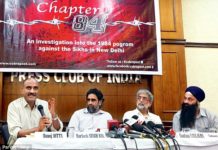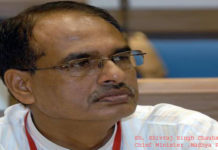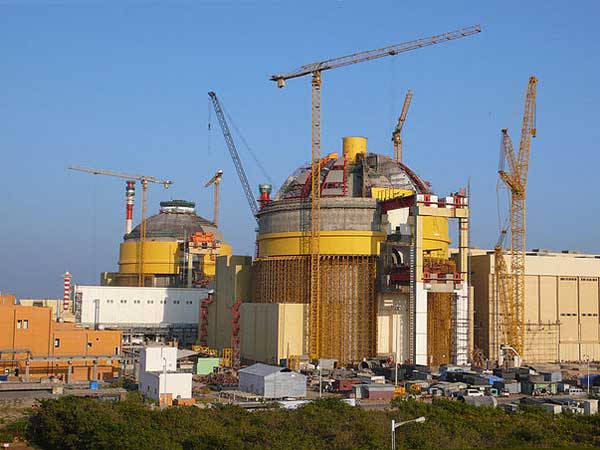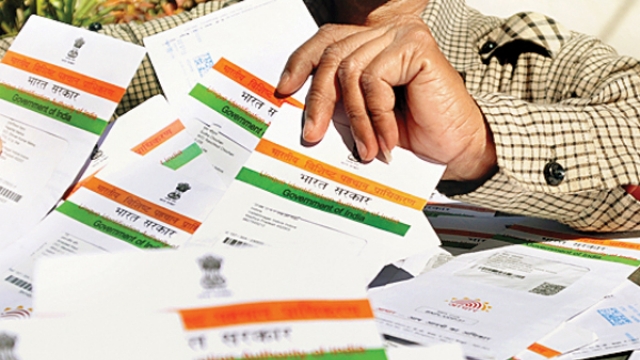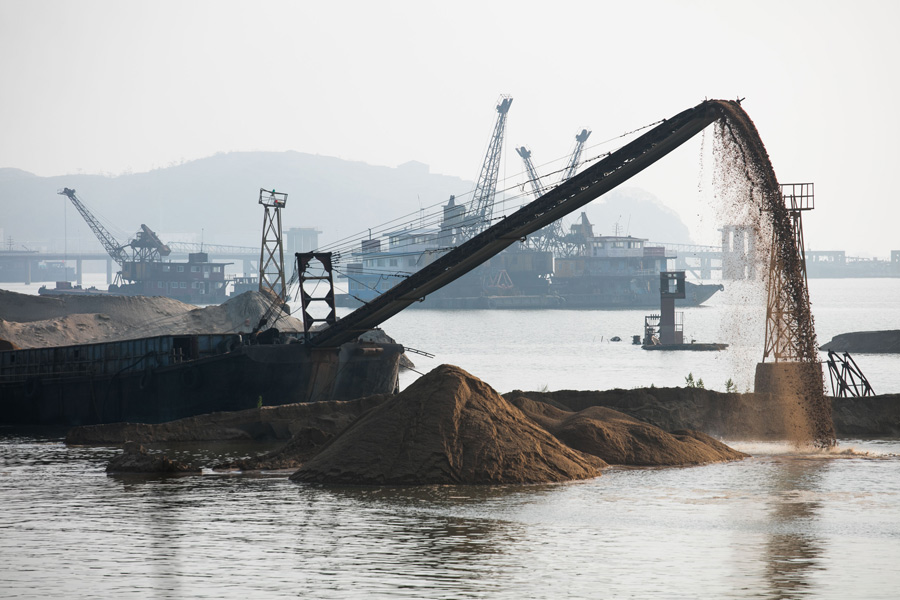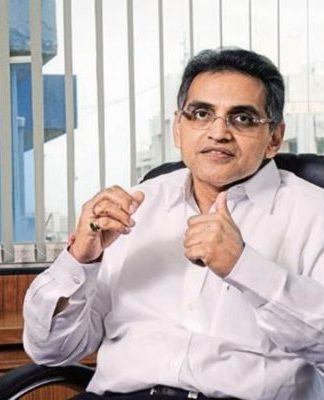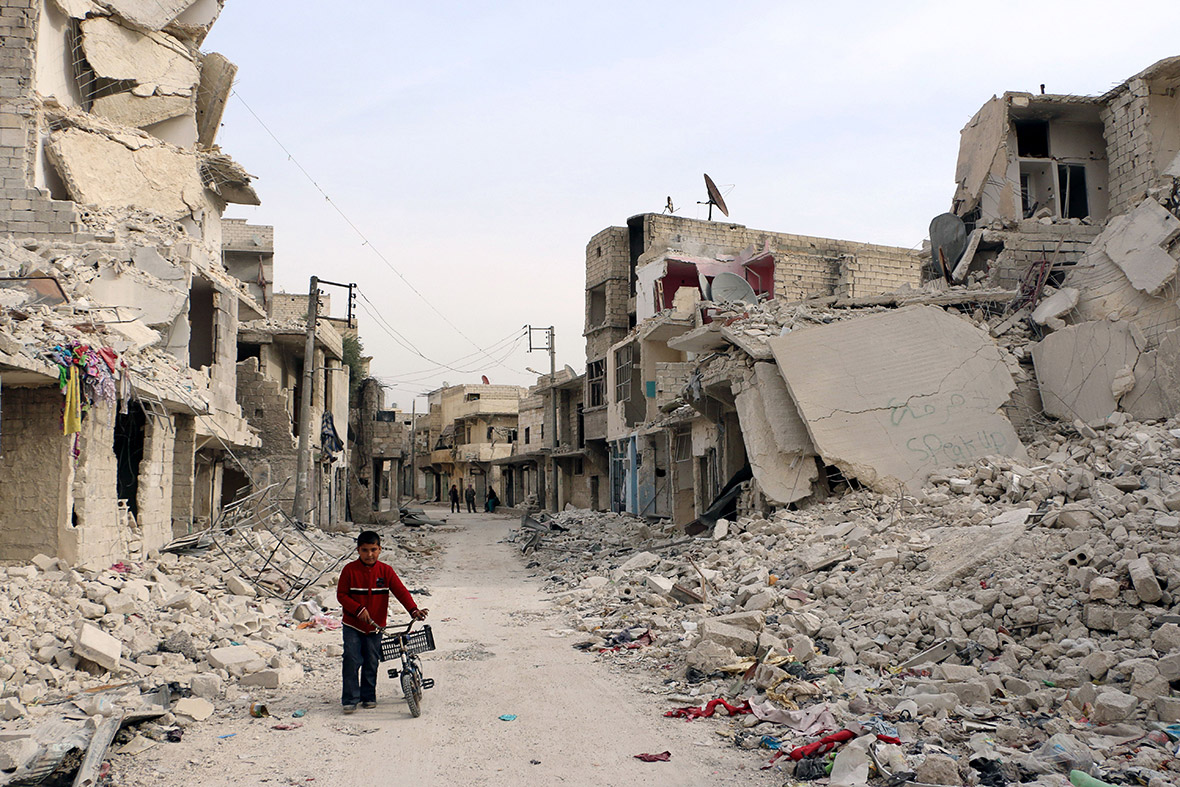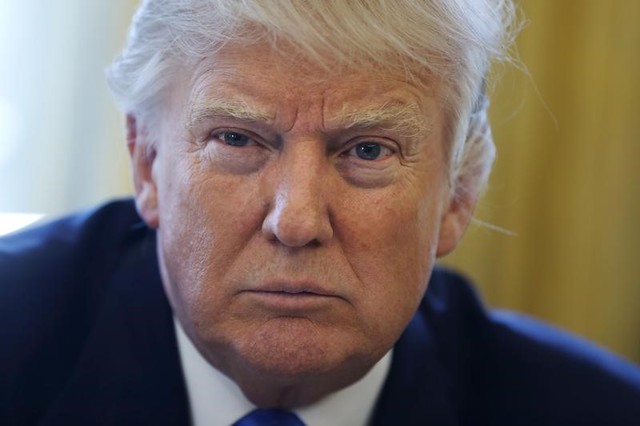The Kudankulam Nuclear Power Plant (KKNPP) is the first in the world to have post-Fukushima safety enhancement requirements implemented and operated successfully, said a Russian nuclear industry official.
“We analysed the basic technical design of Units 1 and 2 in terms of the lessons from Fukushima. We came to the conclusion that they would have withstood a Fukushima-like incident,” Vladimir Angelov, director of projects for the ASE group of companies in India, said in an interview to The Hindu in response to written questions.
As part of India-Russia nuclear cooperation, the Rosatom state nuclear corporation is scheduled to construct six units of VVER-1000 light-water reactors at Kudankulam.
In December 2014, both sides announced a decision for the construction of at least 12 more units in India.
On India’s request, additional safety measures are being enforced in Units 3 and 4 to withstand even higher seismic, climatic and technical impact.
“There are a number of advanced active and passive safety systems which ensure unprecedented design-level nuclear and ecological safety of the plant,” Mr. Angelov said.
He said double localising and protective containment, passive heat removal system from reactor plant automatically, core catcher, and closed industrial water intake are some of the safety features incorporated.
The reactor is protected from the impact of any earthquake, tsunami, tornado and hurricane.
“According to our estimations, the KKNPP can withstand any anticipated operational occurrences, it can even withstand a fall of aircraft. Therefore, we can firmly state that presently India possesses the safest NPP in the world,” Mr. Angelov said.
Given that a large amount of seawater is drawn in to cool the reactors, measures have been taken to preserve the biological diversity of the Mannar Bay adjacent to Kudankulam.
Seawater is supplied from the so-called “bucket” constructed in the sea into the special facilities and systems which ensure that fish and plankton return to sea.
While Unit 1 at Kudankulam is functional and producing electricity after initial hiccups, Unit 2 had attained criticality on July 10 and is planned to be connected to the grid in August.
In February, Nuclear Power Corporation of India Ltd. began soil excavation and preparation of pits for construction of Units 3 and 4.
Mr. Angelov said that as part of the agreement, their company had signed several contracts to supply material and equipment and began delivering some of the long-term manufacturing equipment.
“Draft contract for supplies from third countries is being prepared,” he said.
On Units 5 and 6, Mr. Angelov said that in November 2015, Russia submitted the technical-commercial offer and their design had been agreed upon.
“In February, a road map for construction of Units 5 and 6 prior to the General Framework Agreement (GFA) has been signed. The GFA is expected to be signed in autumn this year,” he added.
Russia is awaiting India’s decision on another site for setting up additional reactors. According to officials, Andhra Pradesh is the likely location for not only the Russian reactors but also the proposed U.S. ones.
(Sourced from agencies, Feature image courtesy:oneindia.com)


